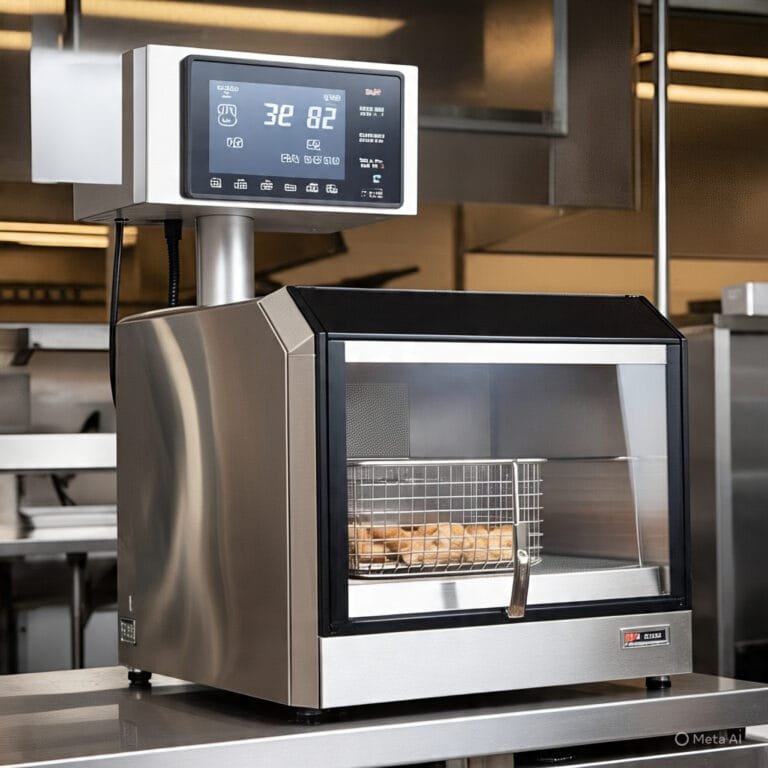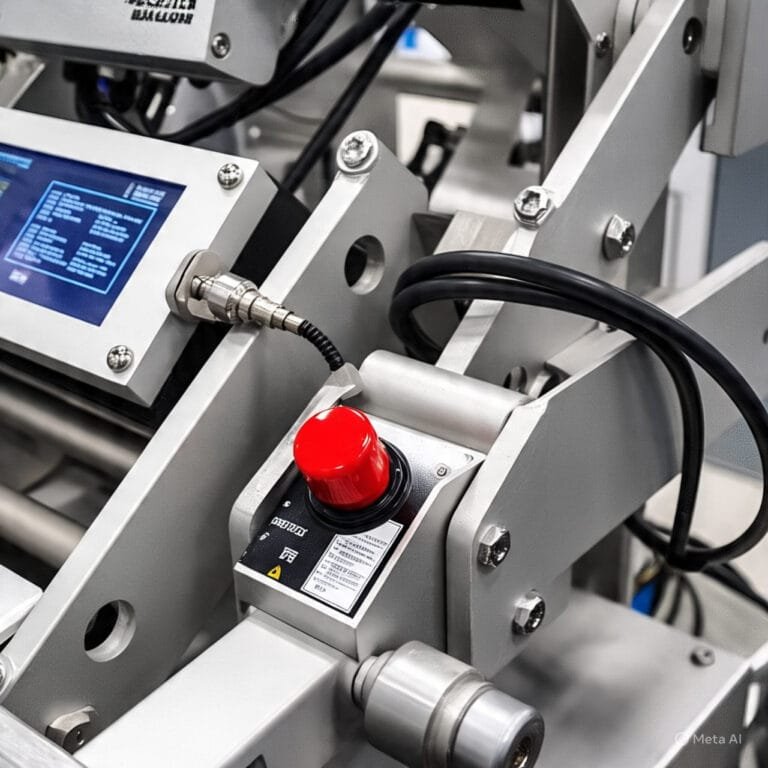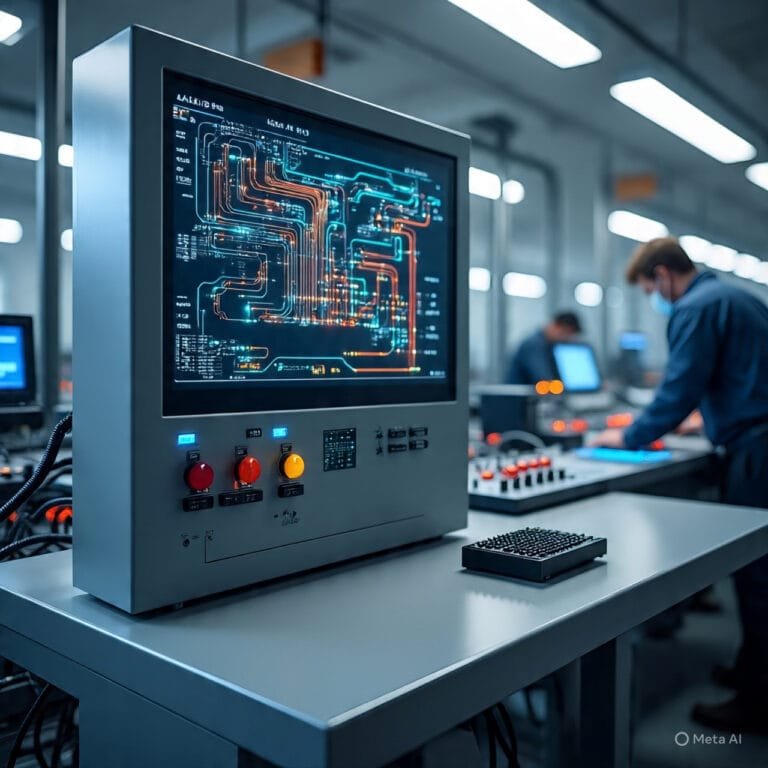Common Reasons for F004 Fault in Siemens Variable Frequency Drives
Variable Frequency Drives (VFDs) play a vital role in modern industry by allowing precise control over motor speed, improving energy efficiency, and extending equipment life. Despite their advantages, VFDs can experience faults that interrupt operations. One frequently encountered issue is the F004 fault, which often indicates that the drive has detected an overcurrent condition or an excessive load on the connected motor. Understanding the possible causes of this fault can help technicians prevent unexpected downtime and costly repairs.
Understanding the F004 Fault
The F004 fault generally occurs when the motor draws more current than the drive’s safe operational limit. This is a protective feature that prevents damage to both the drive and the motor. The overcurrent can be caused by a variety of electrical, mechanical, or environmental factors. While the specific definition of F004 may vary depending on the drive model, the fundamental concept remains the same: the drive is responding to an abnormal current draw that could harm the system.
Motor Overload
One of the most common causes of the F004 fault is motor overload. When the motor is asked to do more work than it was designed for, it draws excessive current. This can happen if the motor is undersized for the application or if the load on the motor has increased unexpectedly. In some cases, mechanical wear, such as worn bearings or misaligned components, can create additional resistance that forces the motor to work harder. Ensuring that the motor is properly sized for its intended task and regularly inspecting mechanical systems can help prevent overload-related faults.
Short Circuit in Motor or Cables
Another frequent cause is a short circuit either within the motor windings or in the power cables. A short circuit creates a sudden and significant increase in current, which the drive immediately detects, triggering the F004 fault. This condition can occur due to damaged insulation, exposure to moisture, or physical wear and tear on cables. In motors, winding insulation breakdown is a common culprit. Detecting and repairing damaged cables, as well as conducting insulation resistance tests on the motor, can significantly reduce the risk of such faults.
Incorrect Parameter Settings
Improperly configured drive parameters can also lead to F004 errors. If acceleration and deceleration times are set too short, the drive may attempt to change motor speed too quickly, causing sudden current surges. Likewise, if the motor rated current, voltage, or other nameplate data is incorrectly entered into the drive’s settings, the system may operate outside of its safe range. Taking the time to correctly input all motor specifications and allowing for smooth ramp-up and ramp-down times can prevent these types of issues.
Mechanical Binding or Jammed Load
When the machinery connected to the motor is jammed, blocked, or otherwise difficult to move, the motor will attempt to overcome the resistance by drawing more current. This can happen with conveyor systems, pumps, fans, or any mechanical equipment linked to the motor shaft. Debris buildup, misalignment, or improper maintenance can all contribute to mechanical binding. Regular inspection and cleaning of moving parts, as well as proper alignment and lubrication, help avoid such load-related faults.
Poor Power Supply Quality
The quality of the incoming power supply also plays a significant role in the occurrence of F004 faults. Voltage fluctuations, phase imbalance, or sudden power dips can lead to unstable current conditions that the drive interprets as a fault. Unbalanced three-phase power is particularly problematic, as it can cause one phase to carry more load than the others. Ensuring that the power source meets the drive’s voltage and phase requirements and stabilizing the supply with proper equipment can help maintain consistent operation.
Faulty Internal Components
Over time, internal components of the drive such as insulated gate bipolar transistors (IGBTs), rectifiers, or capacitors can degrade or fail. These failures can cause the drive to behave unpredictably, including triggering F004 faults even when the motor and load are operating normally. Symptoms of failing internal components may include overheating, repeated faults with no load, or unusual noise from the drive. Routine inspection and maintenance by qualified technicians, along with a clean operating environment, can extend component life and reduce the risk of internal faults.
Environmental Factors
Drives are sensitive electronic devices that require a suitable operating environment. Excessive dust, moisture, extreme temperatures, and high vibrations can all contribute to overcurrent conditions. Dust and dirt can cause overheating, moisture can lead to short circuits, and temperature extremes can damage sensitive components. Installing drives in clean, dry, and temperature-controlled environments, or using protective enclosures in harsher settings, helps ensure stable operation and prevents environmental stress from leading to faults.
Troubleshooting the F004 Fault
When an F004 fault occurs, the first step is to check the motor load. Reducing or removing the load and testing the system can indicate whether the problem lies in the mechanical side of the operation. If the load is not the issue, inspecting the wiring for loose connections, damaged insulation, or signs of overheating is the next step. Reviewing and correcting drive parameter settings to match the motor’s nameplate data is equally important. The power supply should also be checked for stability and phase balance. If all these checks do not resolve the problem, the fault may stem from internal drive components, in which case professional service is required.
Preventive Measures
Avoiding F004 faults begins with a consistent preventive maintenance routine. Regular inspections of motors, drives, and connected mechanical equipment help identify potential issues before they cause faults. Keeping the drive clean and ensuring adequate cooling airflow prevents overheating. Monitoring current draw during operation can reveal early signs of overload or imbalance. Proper training for operators on correct startup and shutdown procedures also reduces the risk of sudden electrical or mechanical stress on the system.
Conclusion
The F004 fault in variable frequency drives is primarily linked to overcurrent situations caused by factors such as motor overload, wiring issues, incorrect settings, mechanical binding, poor power supply quality, faulty internal components, or adverse environmental conditions. Understanding these causes and implementing preventive maintenance practices can greatly reduce the occurrence of such faults. By combining regular inspections, correct parameter configuration, proper environmental controls, and stable power supply management, operators can ensure reliable drive performance and minimize costly downtime.





